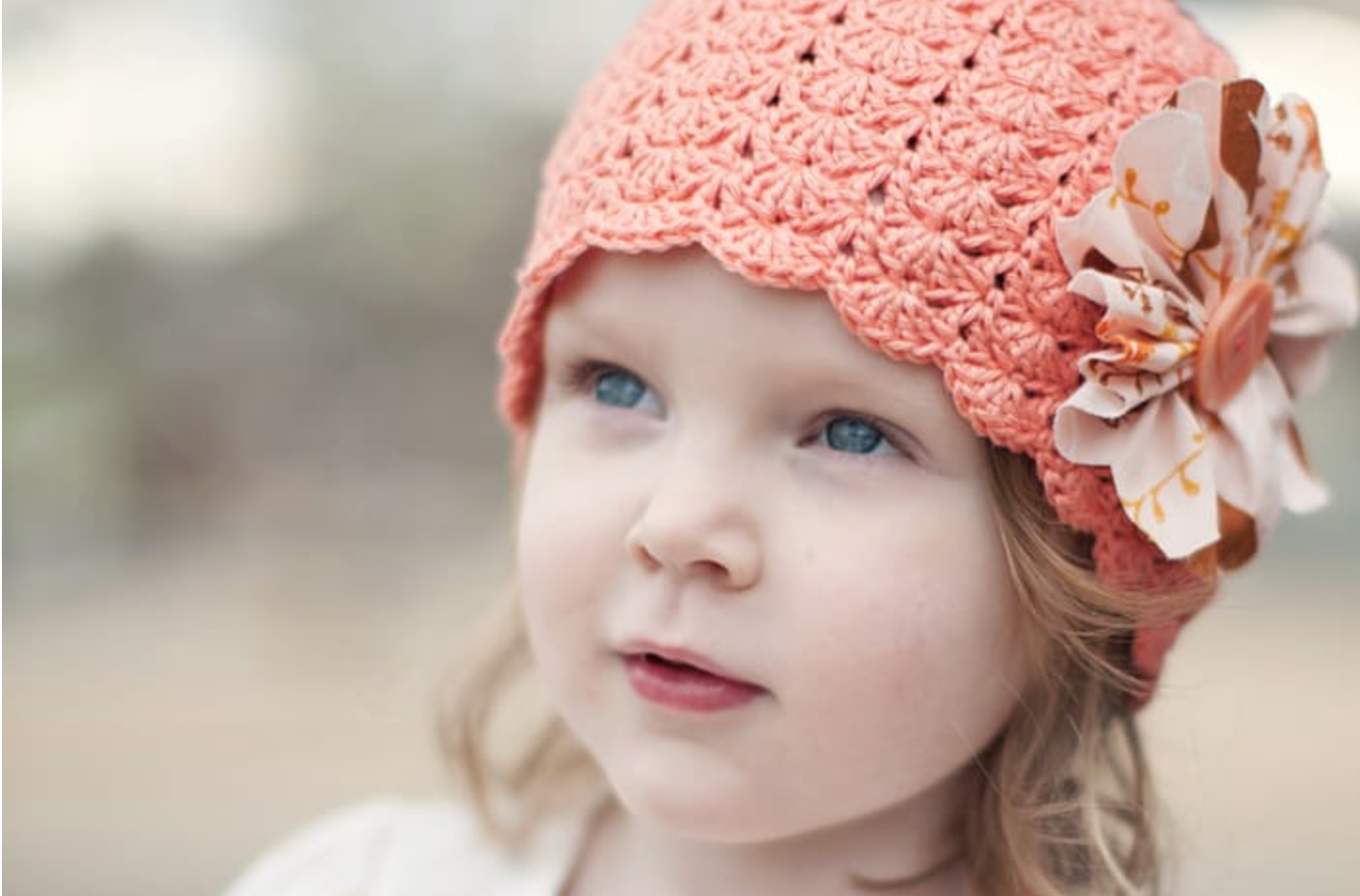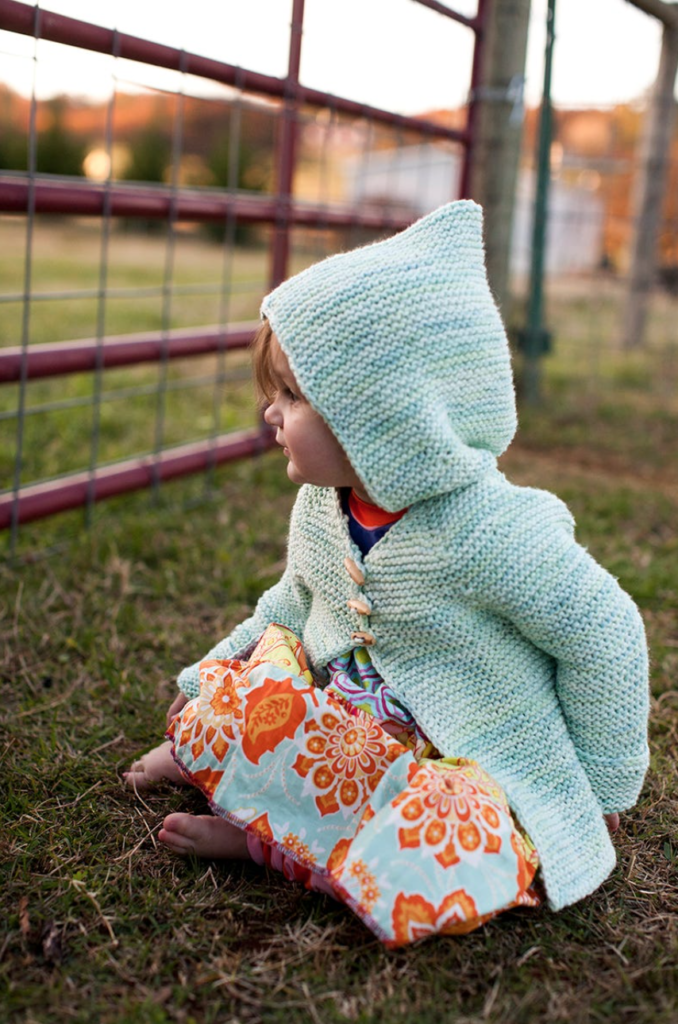This series is without question one of the most popular on my blog, so I am providing an update!
This is part one in a series of post about how to improve your photography skills. The target audience would be knitters who spend a lot of time knitting beautiful things and want to have a beautiful photo capturing all that hard work, as well as knitwear designers (new or established) who want to take their own photography for their published patterns.
Part 1 – Overview
A good photo can make or break a sweater pattern. A good photo can show off a design to it’s true potential, or it can distract and distort making the design look much less then it actually is. This is a hard and important truth. A bad photo can ruin the first impression your knitwear makes, or a dull photo can just make it all very uninteresting.
Some people come to photography naturally, others take a long time to learn. Like many things in life, it is 90% hard work and 10% inspiration or talent.
You do not have to have some sort of fancy camera to take good photos, but a newer model point and shoot will be your best starting point. I had an older version of this Canon PowerShot (mine cost a bit more back then too!). I started using that camera after my daughter was born, and when she was 6 months old and I designed my first sweater, I decided it would be worth the investment to buy a Digital SLR (This is what the pro’s use, but you will soon find out there are very affordable “amateur” DSLR options (keep reading for more info).
A point and shoot camera is fantastic for practicing your photography skills, thinking about natural light and composition and styling. The technology on those sort of simple cameras gets better and better every year.
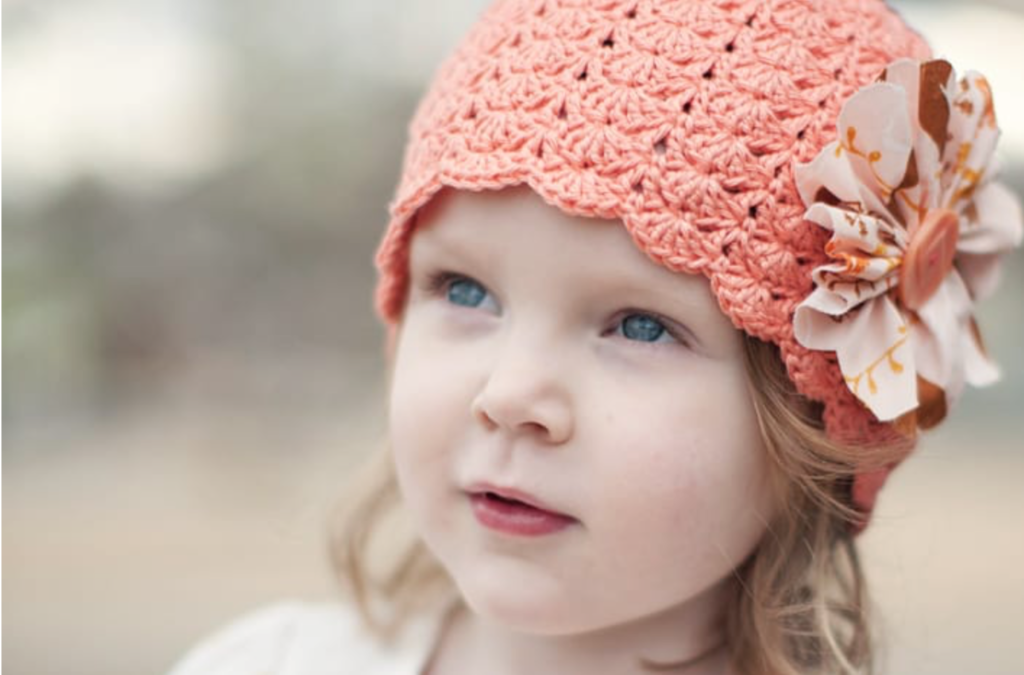
Uploading Files
I am not going to explain how to get the pictures off your camera. Every camera and computer is different. I love my Apple Macbook because I never have to install the camera software, I just hook my camera up and turn on the computer and my mac takes over. Your best bet for help is to ask your cousin, your sister, neighbor, co-worker. They can show you much faster, it will be easier for you to understand and remember.
Memory Cards
Also you will need to buy a nicer memory card then what comes with the camera, the ones that come with are tiny. To determine what sort of card I need to buy, I normally just go to amazon, find my camera and scroll down to see what accessories go with it, and what other items users have bought with it.
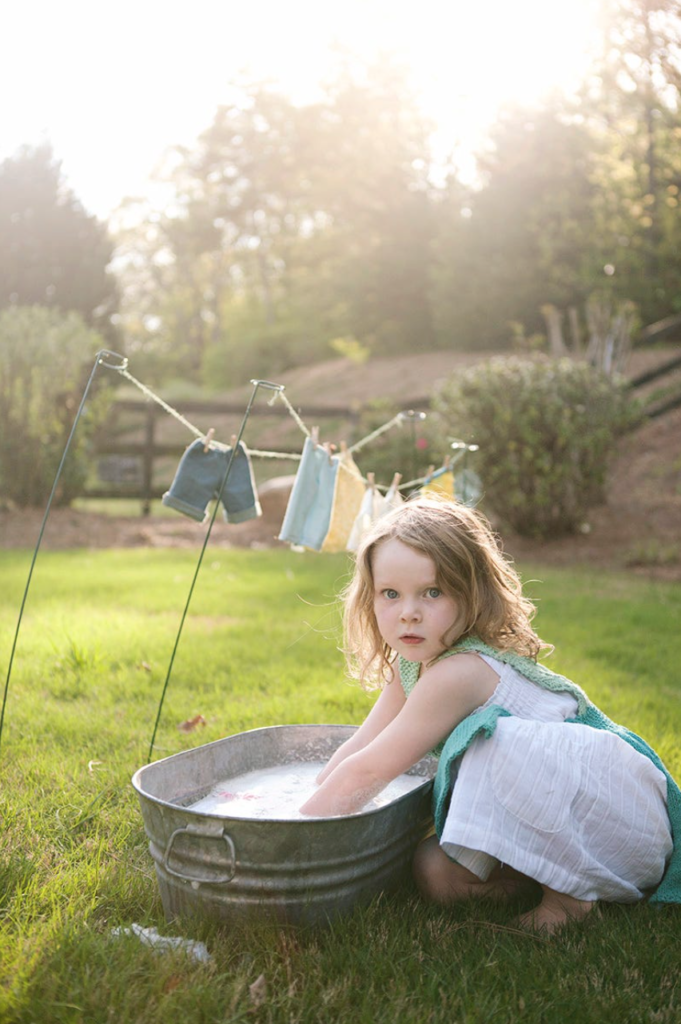
Getting Help
As I’ve wanted to increase my photography skills, I went looking on the web for help. I found a lot of “paid” forums and I did join two of them, hoping desperately to find people to help me improve my technical skills. I found the paid forums to be a waste, and even though I was able to get feedback on my photos, it came from people who I didn’t know at all. Often I would go check out their sites and not be that impressed by their photography. I realized I needed to be getting feedback from people I respected, people who took photos that looked like what I wanted mine to look like. Don’t just go posting around the internet asking for random feedback, you may not wind up getting what you wanted, or inaccurate information and personal opinions. Or you may wind up not getting any feedback at all.  There are also a lot of wedding and engagement photo websites, which applies just as well to adult knitwear photography.  Find some of your favorite photographers, friend them on facebook, follow their blogs and ask questions! The Pioneer Woman has loads of fantastic photography tutorials on her site. I love her photography, so I trust what she has to say and often refer back to her tutorials.
My next piece of advice is do not run out and get photoshop, or try to get all fancy in photoshop. Focus on making your photos come out of your camera looking good, or looking better. You can do stuff with photoshop later, but often it just makes photos look processed and dated.
Nerdy “Pro” camera talk
If you really are interested in photography, then I suggest a Canon Rebel (whichever is the current model)  or a Nikon. I used something similar for my early adventures in digital photography. They are fantastic cameras and you can’t go wrong with either one. This is an entry level semi-pro camera. The cheapest way to go about it is to buy the camera without the lens, but if you have the cash spring for the basic lens it comes with. You can always buy it later though. Then buy a “niffy fifty” which is a 50mm lens for the Nikon or this fantastic 40mm for the canon.  The 1.8 version of the 50mm is just $130! That number it has, 1.8 is what makes it so great. It means it can work in really low light. It’s also so cheap because it can not zoom in or out, its just a “fixed focal length” lens, but don’t worry about the technical jargon, just buy it. You won’t regret it. When you use this type of lens you “zoom with your feet” but you won’t mind because the pictures you get will be so much better then the kit lens. Here is also a fantastic source for the best camera’s for different uses and Nikon vs Canon reviews if you want to do more research. I personally use a Canon, I used to use Nikon.
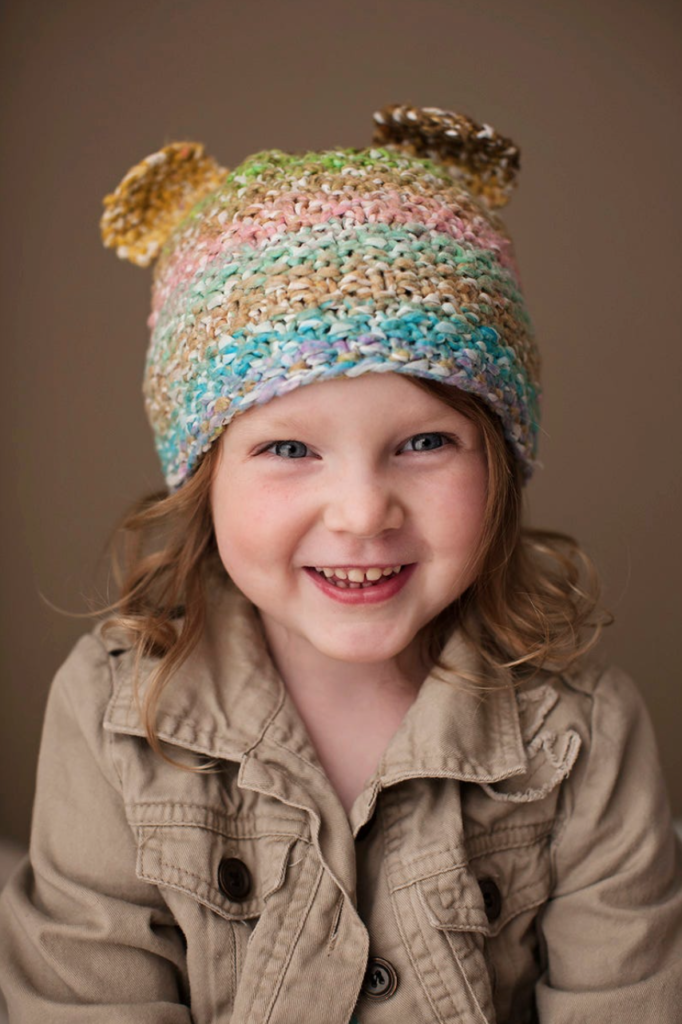
A bit about me
I grew up with a father who has always been taking photographs. He was a combat photographer in Vietnam, and he took photos for poster companies of rock stars in the 60’s and 70’s in Los Angeles.  He has no formal education in photography, and is a true expert (in particular in film, and he does use a Digital SLR now). He started out around 10 years old following around a real estate agent, getting paid to take photos of houses.
I grew up with all of this, and often followed him on weekends to weddings to watch him take photographs. In high-school I took a film photography class, developing in a dark room. I was the staff photographer for the school newspaper, and photographing night football games with my father is one of my favorite memories. I never really thought about being a professional photographer. It was just something I enjoyed and I often was able to use my dad’s fancy equipment.
Once my daughter hit 6 months old I started taking more photos so I could publish some patterns and my skills slowly improved. I’ve wound up photographing for Petite Purls magazine (previously an online magazine) and was photo editor. I also photographed a book for Randomhouse (my book!) which was an amazing experience. I’ve also photographed professional for other companies.
He
Here are some more examples from my work:
All of the above where shot with natural light, no reflectors or anything fancy. See the link below for more information about shooting in natural light.
Onward to:
Photography for Knitters – Camera Modes
Photography for Knitters – Using Natural Light
Photography for Knitters – Photographing Yarn
